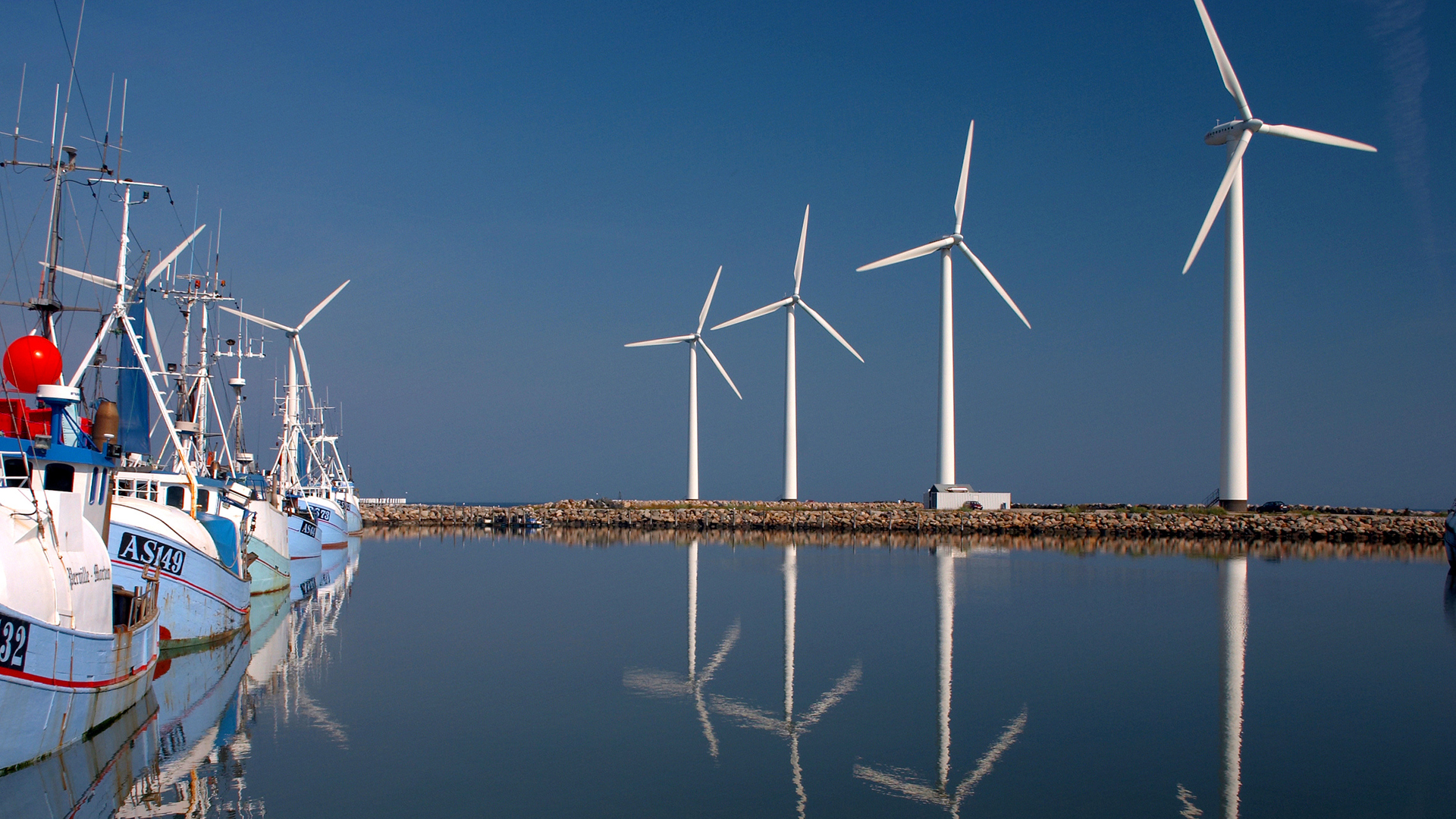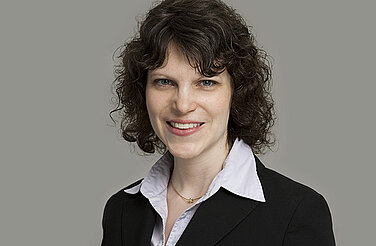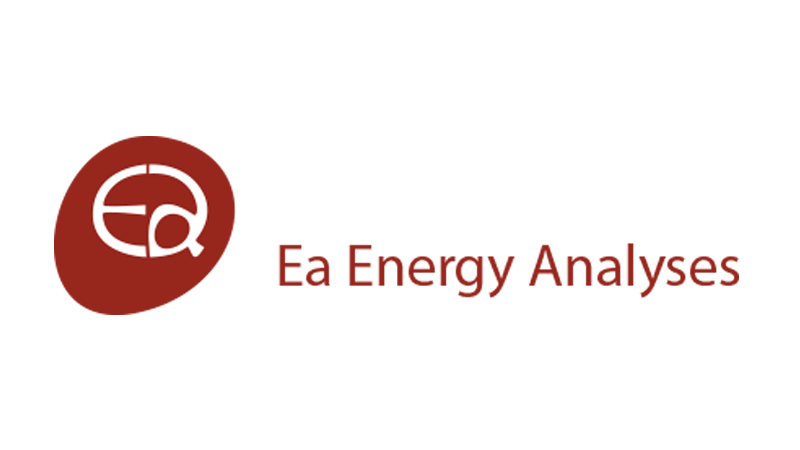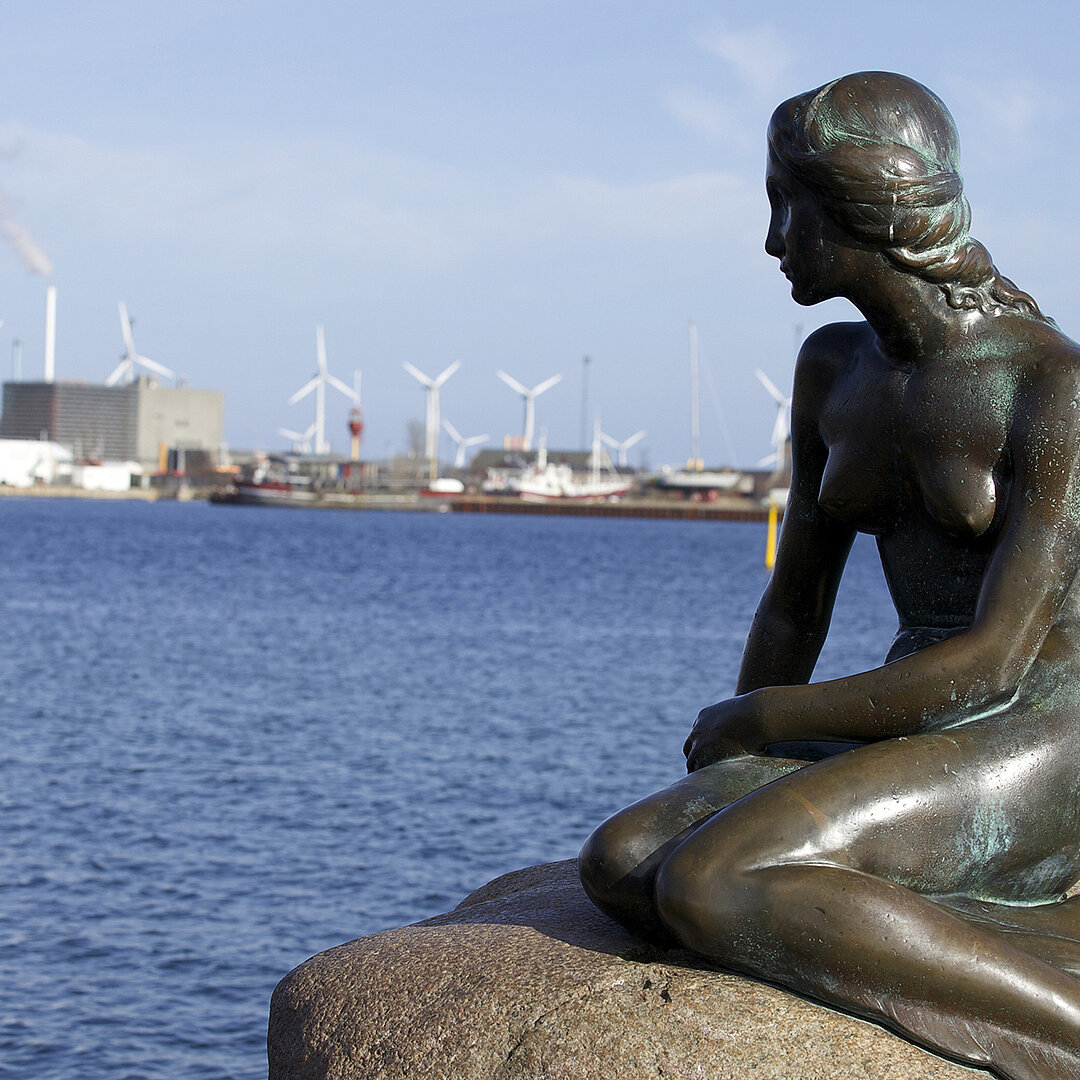-
Denmark is the world’s leader in the deployment of wind power, with 39 percent of electricity consumption supplied by wind.
The challenge of integrating a high share of wind power led Danish institutions and market participants to develop several flexibility options early on, including use of interconnectors to other countries, increasing the flexibility of thermal power plants, making district heating more flexible, encouraging system friendly wind power, implementing demand side flexibility as well as introducing alternative options for procuring ancillary services.
-
Market based power exchange with neighbouring countries is the most important tool for dealing with high shares of wind power in Denmark.
With 6.4 GW of net transfer capacity to Norway, Sweden and Germany (Danish peak demand: 6 GW), Denmark is able to sell electricity during times of high wind production, and to import electricity in times of low wind production. The use of the 2.4 GW net transfer capacity to Germany is sometimes limited for export depending on the wind conditions in Northern Germany.
-
A great deal of attention has been devoted in recent years to the flexibilisation of conventional power plants.
Danish coal power plants have been optimised to allow very steep ramp-up gradients, shorter
start-up times and low but stable minimum generation levels. Flexibility in providing ancillary services has further reduced must-run capacity -
Denmark has a large number of combined heat and power (CHP) plants in its power system.
Regulation has been reshaped to reduce heat bound electricity generation in situations with high wind energy feed-in. In the future district heating systems are envisioned to become electricity consumers rather than producers in times of high wind power production. In spite of changes already adopted to the energy tax system, further regulatory measures are still needed to tap the full potential of using power for heat.
-
Related




